S ome of you write words and music. Some write lyrics exclusively, and some others compose only melodies. To be successful songwriters, its important for you to know how to structure the whole song, not just the part you create. So if youre a composer, dont skip over the chapter on lyrics. And, lyricists, pay close attention to the chapter on melody. You may think you dont need to know it, but you do. Someday your collaborator may be stuck and will need your help.

THE LYRIC
A contemporary hit song is usually three to three and a half minutes long. Every one of them, whether written by Fergie, Keith Urban, or Maroon 5, has a specific structure: a music and lyrical pattern that repeats.
A hit song needs focus. We have to know immediately what it is about. Each line of lyric in your song should relate to the title, adding something to embellish and enhance our understanding of the subject. If you were writing a song about shoes, youd include ideas about laces, patent leather, sneakers, cowboy boots, soles, scruffs, worn-down heels, sizes, corns, bunions, high-heels, etc. You wouldnt suddenly throw in something about a lawn mower unless the shoe was mutilated by one.
When deciding what to write about, find a theme and let us know what the song is going to be about in the first line. Stick to the same theme all the way through to the end. If you were watching a movie about a boxer who gets a shot at the title, nearly every scene and line of dialogue in that story would have to do with the mans quest for victory. The film wouldnt wander off on a tangent about things to do with string. It would remain focused on its original theme. Your songs have to be focused, too.
Exercise
Take a clean sheet of paper. Write the words little red schoolhouse at the top. Then list every picture or feeling those words evoke in you. Ask yourself fifty to a hundred questions like these:
- Is the school old or new?
- In what state is it located?
- Is it in the country or in the city?
- How big is it?
- Does it need paint? If so, where?
- What season is it?
- Is there a weather vane?
- Is there a bell? What kind?
- Is the school on a hill?
- What century is it?
- What time of day is it?
- Are there any animals nearby? If so, what kind? Living? Stuffed?
- Are there any flowers and trees? If so, what kind and what color?
- Are there steps into the school?
- Are there children outside?
- What are the children doing?
- What are the children wearing? Describe every detail of their appearance-from haircuts to frayed collars to shoe laces.
- How old are the children?
- Are they happy? If not, why?
- What is remarkable about the sky above the school?
- What kind of desks are inside? Are they new?
- If not, is anything carved on them?
- Do you hear anything? Smell anything?
- Is the teacher old or young? A man or a woman?
You could continue listing information about this little red schoolhouse for hours, creating a picture, embellishing it, refining it. Your picture has colors in it, which heightens the impact because it is easier to visualize. I chose the concept of a little red schoolhouse because everyone has seen one, whether it was on television, in the movies, or in real life. And everybody can list the details of what his particular building looks like. Most of my clients say it is similar to the one on the television show Little House on the Prairie. But another writer, who is from New York City, said that his was in Greenwich Village. Two brothers said the teacher was a very strict nun, while my next client told me her teacher was a handsome young man with a beard. It doesnt matter that we see the picture differently, as long as we see something. And we do.

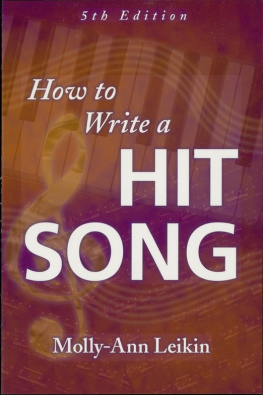
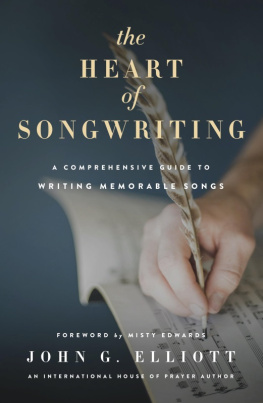

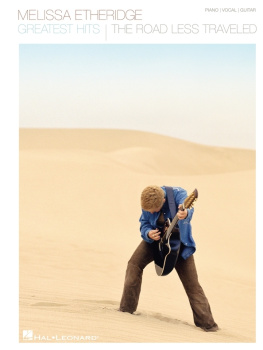
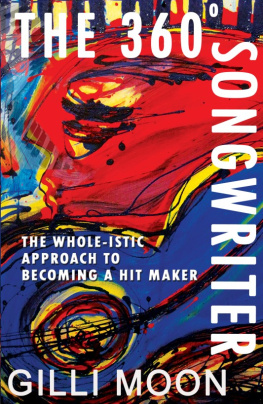
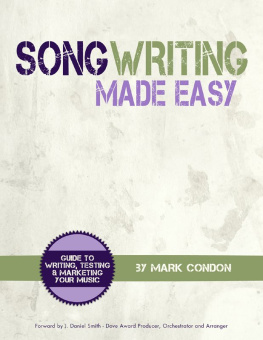
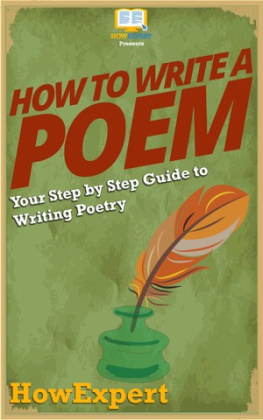

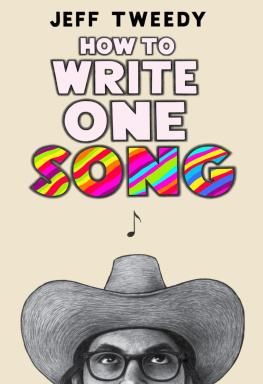
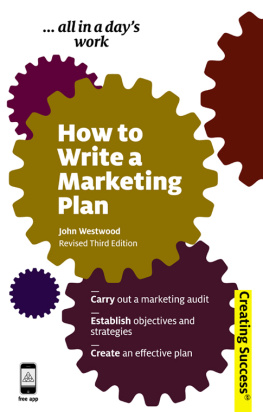

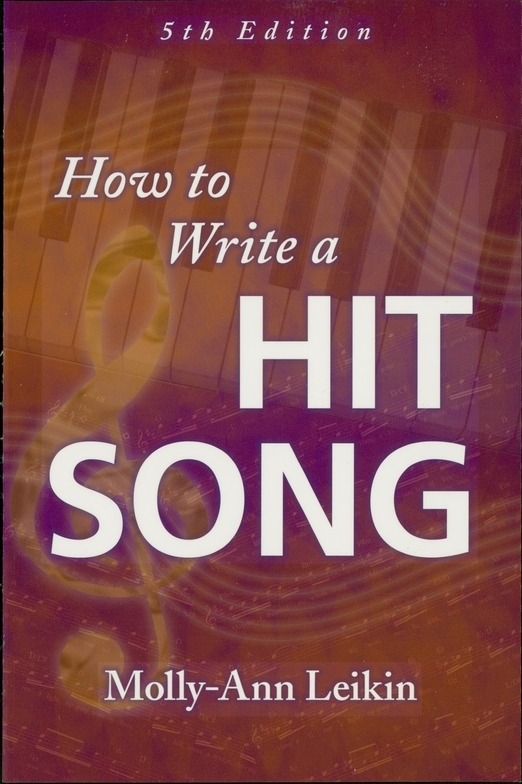
 HOW TO SCHEDULE A PERSONAL, PRIVATE CONSULTATION WITH MOLLY-ANN LEIKIN
HOW TO SCHEDULE A PERSONAL, PRIVATE CONSULTATION WITH MOLLY-ANN LEIKIN
